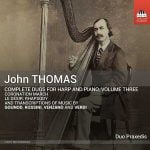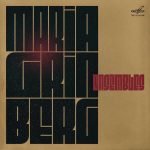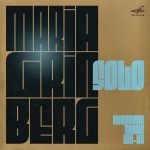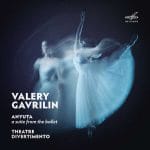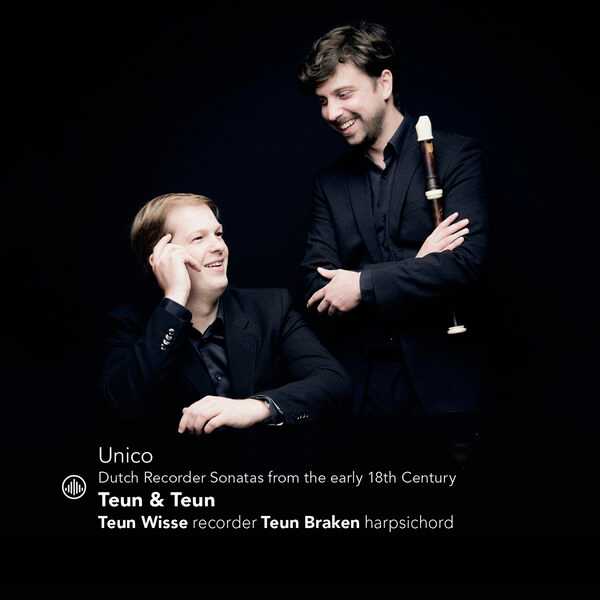

Composer: Willem de Fesch, Jean Baptiste Loeillet, Sijbrandt van Noordt, Count Unico Wilhelm van Wassenaer
Performer: Teun & Teun, Teun Wisse, Teun Braken
Format: FLAC (tracks)
Label: Challenge Classics
Catalogue: CC72943
Release: 2023
Size: 573 MB
Recovery: +3%
Scan: cover
Loeillet: Recorder Sonata in G major, Op. 1 No. 3
01. I. Largo
02. II. Allegro
03. III. Adagio
04. IV. Gavotta Allegro
Noordt: Sonata a flauto solo e basso continuo in F major
05. I. Vivace
06. II. Adagio
07. III. Allegro
Fesch: Sonata in G major
08. I. Largo II
09. II. Allamanda
10. III. Larghetto
11. IV. Gavotta
12. Noordt: Recorder Sonata, Op.1 No 4
Wassenaer: Sonata Prima in F major
13. I. Grave
14. II. Allegro
15. III. Adagio
16. IV. Giga Presto
Wassenaer: Sonata Seconda in G minor
17. I. Grave
18. II. Allegro
19. III. Adagio
20. IV. Giga Presto
Wassenaer: Sonata Terza in G minor for alto recorder, harpsichord and cello
21. I. Grave
22. II. Allegro
23. III. Sarabanda, Grave
24. IV. Giga Presto
This disc is devoted to the Dutch music for recorder during the Baroque era.
The Story of Dutch baroque music is a story of cultural connections, of European history. There was not a shortage of music, including repertoire for recorder, in Holland: Amsterdam was not only a center of composition and instrument making, but also one of the most important centers for music publishing. Many of the most esteemed Italian composers had their work published in Amsterdam, making it available there earlier there than in their own country. Dutch composers as well as musicians of the time were thus ironically more ‘close to the source’ than many of their Italian colleagues. The music that was written by Dutch composers was heavily influenced by the Italian style.
Jean Baptiste Loeillet de Gant and his music are exemplary for the strong international character of composition, instrument making, music printing and publishing, and of course musical performance, in which The Netherlands and Amsterdam in particular, played a central role. Sybrant van Noordt is a perfect example of the Italomania. A happy marriage of structural simplicity and richness of detail only achieved by great craftmanship applies the sonata of Willem de Fesch perfectly. Count Unico Wilhelm van Wassenaer is a central figure in this programme in which all three of his Sonatas for recorder and harpsichord are featured. These Sonatas are “almost as good as those of Corelli” – as a French official put it during a journey by Wassenaer to Paris.
